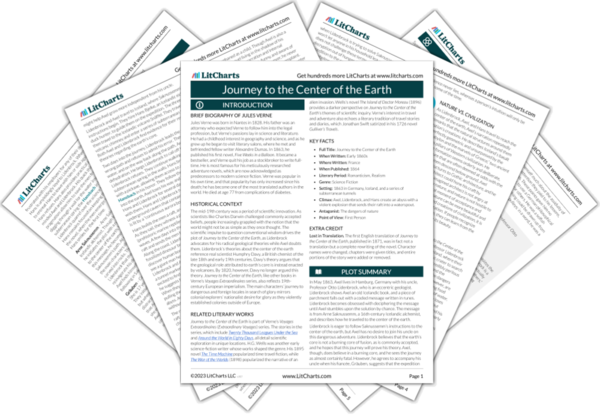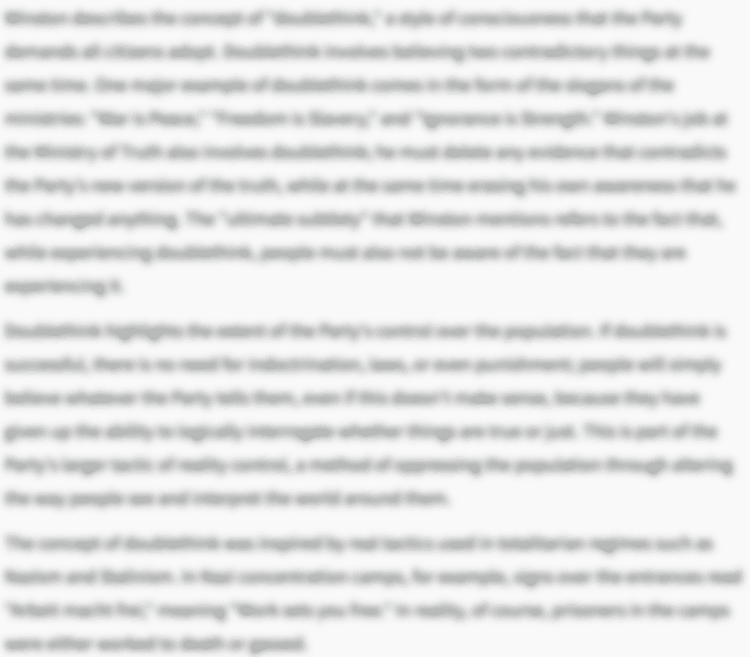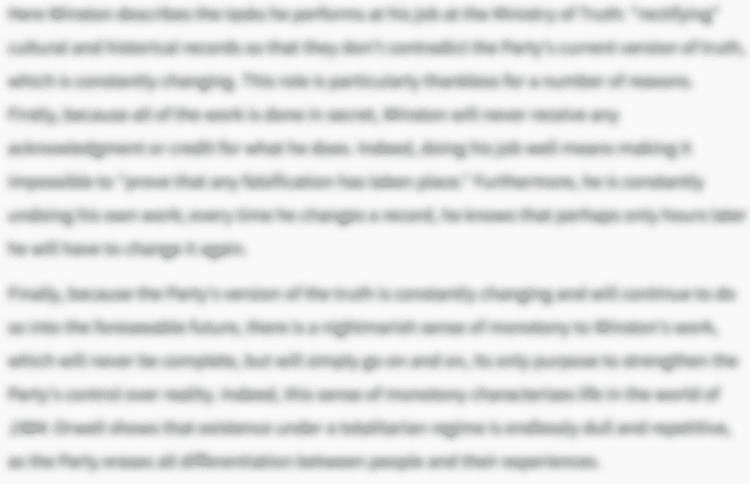As Lidenbrock, Axel, and Hans travel to reach the center of the earth, Axel’s narration repeatedly remarks that the natural structures around them rival the civilization’s creations. He describes Iceland’s basalt formations as perfectly geometric and unsurpassed by the “splendours of Babylon and the marvels of Greece,” two ancient societies viewed as pillars of Western civilization. He emphasizes that the formation seems orderly and deliberate, granting traits to nature that are often deemed at odds with the wilderness. When the men descend below ground, Axel compares the tunnel structures to Gothic architecture, and he even suggests that an architect could hone his craft by observing the tunnels. His imagined architect is not angry at seeing his work improved by nature, and nature is not hostile to the architect. This hypothetical moment of acceptance and learning highlights that while nature can be more beautiful and complex than the most celebrated creations of civilization, it is not necessarily at odds with civilization. If people recognize that they are not superior to nature, they can learn from the natural world and can even replicate its beauty.
Nature vs. Civilization ThemeTracker

Nature vs. Civilization Quotes in Journey to the Center of the Earth
Basalt, as is well known, is a brown rock of igneous origin. It affects regular forms, the disposition of which is often surprising. Here, nature proceeds geometrically, working after the manner of men with square and compass and plummet. Though everywhere else her art is seen in large masses thrown down in disorder, in unfinished cones, in perfect pyramids with the most fantastic succession of lines, here, as if to form an example of regularity and in advance of the very earliest architects, she has created a severe order which has never been surpassed by the splendours of Babylon and the marvels of Greece.
As a true nephew of Professor Lidenbrock, and notwithstanding my mental preoccupation, I was interested in observing the mineralogical curiosities displayed in this vast cabinet of natural history, and, at the same time, was going over in my mind the whole geological history of Iceland.
I was on the summit of one of the twin peaks of Snäffel […]. I commanded a view of almost the whole island. […] I could have said that one of Helbesmer’s relievo maps lay before me. […] precipices seemed mere walls, lakes changed into ponds, and rivers were little streams. On my right there were glaciers without number, and innumerable peaks […].
[…] I forgot who I was, and where I was […]. I gave myself to the luxury of the heights […].
The slope of this fresh gallery was scarcely perceptible, and its sections very unequal. Sometimes a succession of arches would be disclosed, like the nave of a gothic cathedral. The architect of the middle ages might have studied here all the forms of church architecture which start from the ogive. A mile farther and we had to stoop our heads beneath elliptic arches in the Roman style […].
What the boring machine, an insensible inert instrument, could not bring to the surface, we could examine with our eyes, and touch with our hands. […] I could not but think what riches are hid in the depths of the earth, which covetous humanity will never appropriate. These treasures have been buried so deep by the convulsions of primeval times, that neither mattock nor pickaxe will ever disinter them.
The stream ran murmuring softly at our feet. I compared it to some kindly genius, who was guiding us underground, and I caressed with my hand the warm Naiad whose songs accompanied our steps.
I had no words to express my sensations. I felt as if I had been transported to a distant planet, Uranus or Saturn, and was gazing on phenomena of which my Earth-nature had no cognizance. To express such novel impressions, I wanted new words, and my imagination was unable to supply them. I looked, I thought, I wondered with amazement, not unmixed with fear.
The whole fossil world lives again in my imagination. I go back in fancy to the biblical epoch of creation, long before the advent of man, when the imperfect earth was not fitted to sustain him. Then still further back, when no life existed. […] All life was concentrated in me, my heart alone beat in a depopulated world.
From that moment our reason, our judgment, our ingenuity went for nothing, we were to be the playthings of the elements.











